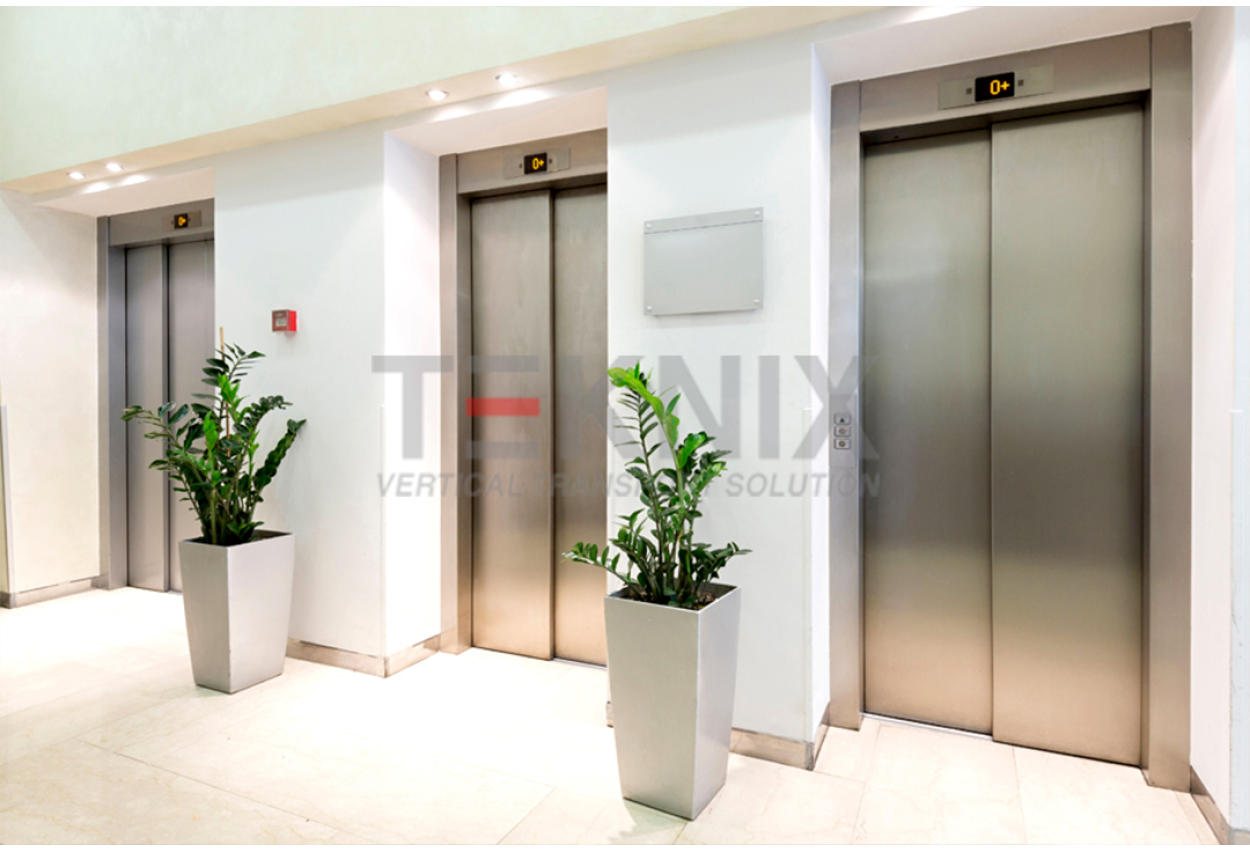Find Dependable Lift Repair Near Me for Rapid and Affordable Service
Find Dependable Lift Repair Near Me for Rapid and Affordable Service
Blog Article
Exploring the Globe of Elevators: Common Issues Encountered by Numerous Lift Systems
As we navigate with the upright transportation systems of modern-day structures, lifts attract attention as a crucial component of our every day lives. Nonetheless, behind their seamless procedure exists a world of intricate systems that can sometimes encounter obstacles. From hydraulic elevators to traction systems and machine-room-less layouts, each lift type includes its set of common concerns. Understanding these difficulties is critical for making certain the smooth functioning of these important systems. Let's explore the intricacies that underlie the operation of elevators and the potential issues that can emerge, shedding light on the intricate web of lift systems.
Hydraulic Elevators
Hydraulic lifts, typically favored for low-rise buildings, use fluid pressure to control the activity of the elevator cars and truck (lift repair companies). This mechanism includes a hydraulic pump pushing oil right into a cylinder, causing the lift to relocate the desired instructions. While hydraulic elevators are understood for their smooth and silent operation, they do include their own set of usual issues
One widespread problem with hydraulic lifts is oil leakage. Additionally, concerns with the control system, such as damaged shutoffs or a malfunctioning pump, can trigger disruptions in the lift's activity.
Regular upkeep and prompt repair work are important to make sure the smooth functioning of hydraulic elevators. By dealing with these usual concerns proactively, building owners can reduce downtime and make certain the safety and security and efficiency of their vertical transportation system.
Grip Lifts
When considering upright transportation systems in buildings, an additional common kind besides hydraulic elevators is the traction elevator. Grip elevators operate making use of a system of ropes and weights that move the lift auto by clutching onto the hoist ropes. This device permits smoother and quicker vertical transport contrasted to hydraulic systems.
One of the usual problems faced by traction elevators is rope wear. The continuous activity of the ropes within the traction system can cause deterioration with time, potentially causing the lift to malfunction or come to be unsafe for usage. Regular assessments and upkeep of the ropes are necessary to make sure the elevator's correct functioning and safety and security.
One more concern that grip elevators may experience is associated to the control system. Issues with the control system can bring about issues such as unpredictable motion, hold-ups in response times, or also full shutdowns. Regular screening and upkeep of the control system are essential to stop such concerns and make certain the elevator's reliability.
Machine-Room-Less (MRL) Elevators

One of the crucial elements of MRL lifts is the compact gearless grip machine that is mounted within the hoistway. This device efficiently drives the lift car without the demand for bulky equipment located in traditional traction lifts. Furthermore, MRL elevators usually utilize a counterweight system to stabilize the car, more improving their energy efficiency.
Regardless of their benefits, MRL lifts might face challenges connected to repair and maintenance as a result of the confined room for devices installation. Availability for servicing elements within the shaft can be limited, needing specialized training for specialists. Proper upkeep timetables and regular inspections are crucial to guarantee the ongoing smooth procedure of MRL elevators.
Overloading and Weight Limit Issues
Overwhelming and weight limitation issues are essential worries in lift operations. Lift suppliers style raises with specific weight capacities to guarantee guest security and equipment longevity.
When elevators are overloaded, it puts excessive stress on the electric motor, cable televisions, and various other parts, potentially causing malfunctions or breakdowns. If they discover excess weight, safety and security mechanisms such as sensors and overload sensing units are in area to protect against lifts from relocating. Furthermore, going beyond weight restrictions can result in boosted power intake and wear and tear on the elevator system.
To mitigate overloading concerns, developing managers need to plainly show weight restrictions in lifts and enlighten owners on the importance of adhering to these constraints - lift repair companies. Normal maintenance checks by qualified professionals can likewise assist make certain that lifts are running within secure weight specifications. By resolving overloading and weight limitation issues proactively, building proprietors can enhance lift safety and performance
Electric System Failures
Going beyond weight limitations in lifts can not only weblink lead to mechanical problems but also possibly add to electrical system failings within the lift framework. Electric system failings are an important issue in lift procedure, as they can cause unanticipated closures, malfunctions, or also safety dangers.
Moreover, power rises or fluctuations in the electric supply can likewise interfere with the lift's procedure, impacting its efficiency and security. These electric disturbances can harm sensitive lift elements such as control panels, circuit card, or sensors, resulting in system failings. Normal upkeep and inspections are crucial to identify and address possible electric issues quickly, ensuring the risk-free and reliable procedure of elevator systems. By adhering to weight limits and conducting regular electrical system checks, structure owners can alleviate the risk of electric failings in lifts.
Verdict

Hydraulic elevators, frequently preferred for low-rise buildings, utilize fluid pressure to regulate the motion of the lift vehicle.When taking into consideration vertical transport systems in structures, another typical type aside from hydraulic elevators is the traction lift. Grip lifts operate utilizing a system of ropes and weights that relocate the lift vehicle by grasping onto the hoist ropes. Unlike conventional elevators that need a different device Extra resources room to house the devices, MRL lifts incorporate most of the elements within the shaft, removing the need for a devoted machine room.In verdict, elevators encounter usual problems such as hydraulic malfunctions, traction system failures, and electrical system troubles.
Report this page